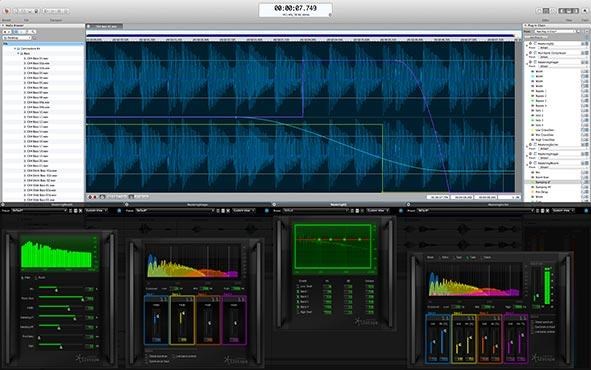

The first thing you have to do is choose a video file with which to experiment. Now that you have successfully installed FFmpeg, you can start experimenting with it. I suggest that you enable the following options, but this is not a requirement-feel free to experiment: The on-screen display does a decent job of explaining what each option does, so I will not go into a lot of detail on this. This command gives you multiple screens of the various settings that can be modified, and you can choose any options you like. To see all the options available for the installer, run the following command:

On the other hand, if you like to have control over what is installed and prefer customizing software installs, you can pass some command-line parameters to the configure script. Once the compile finishes without any errors, you can install FFmpeg by running make install as root. Once the configuration script finishes, compile it by issuing make.

configure from within the FFmpeg source directory. To install it with the default configuration options, run. This creates a new directory containing the source code for FFmpeg. Once you download the file, extract it using the following command: The source code for FFmpeg is available for download from the project Web site ( ) and at the time of this writing, the latest version available at the site is 0.4.9-pre1. It also lets you capture video and audio from a live source and process it. FFmpeg is an open-source audio and video converter that supports most industry-standard codecs and can convert from one file format to another quickly and easily.


 0 kommentar(er)
0 kommentar(er)
